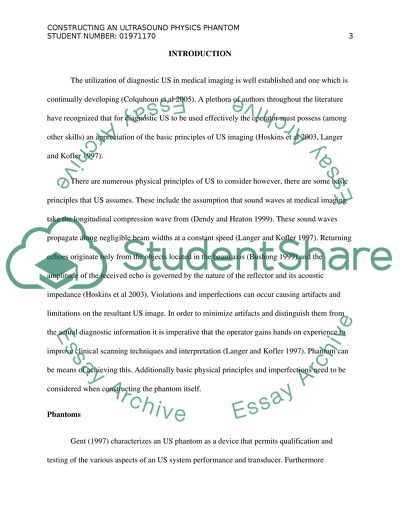Cite this document
(“Homemade Ultrasound Phantom Essay Example | Topics and Well Written Essays - 2500 words”, n.d.)
Retrieved from https://studentshare.org/health-sciences-medicine/1398671-this-assignment-was-to-design-construct-and-test-a
Retrieved from https://studentshare.org/health-sciences-medicine/1398671-this-assignment-was-to-design-construct-and-test-a
(Homemade Ultrasound Phantom Essay Example | Topics and Well Written Essays - 2500 Words)
https://studentshare.org/health-sciences-medicine/1398671-this-assignment-was-to-design-construct-and-test-a.
https://studentshare.org/health-sciences-medicine/1398671-this-assignment-was-to-design-construct-and-test-a.
“Homemade Ultrasound Phantom Essay Example | Topics and Well Written Essays - 2500 Words”, n.d. https://studentshare.org/health-sciences-medicine/1398671-this-assignment-was-to-design-construct-and-test-a.


